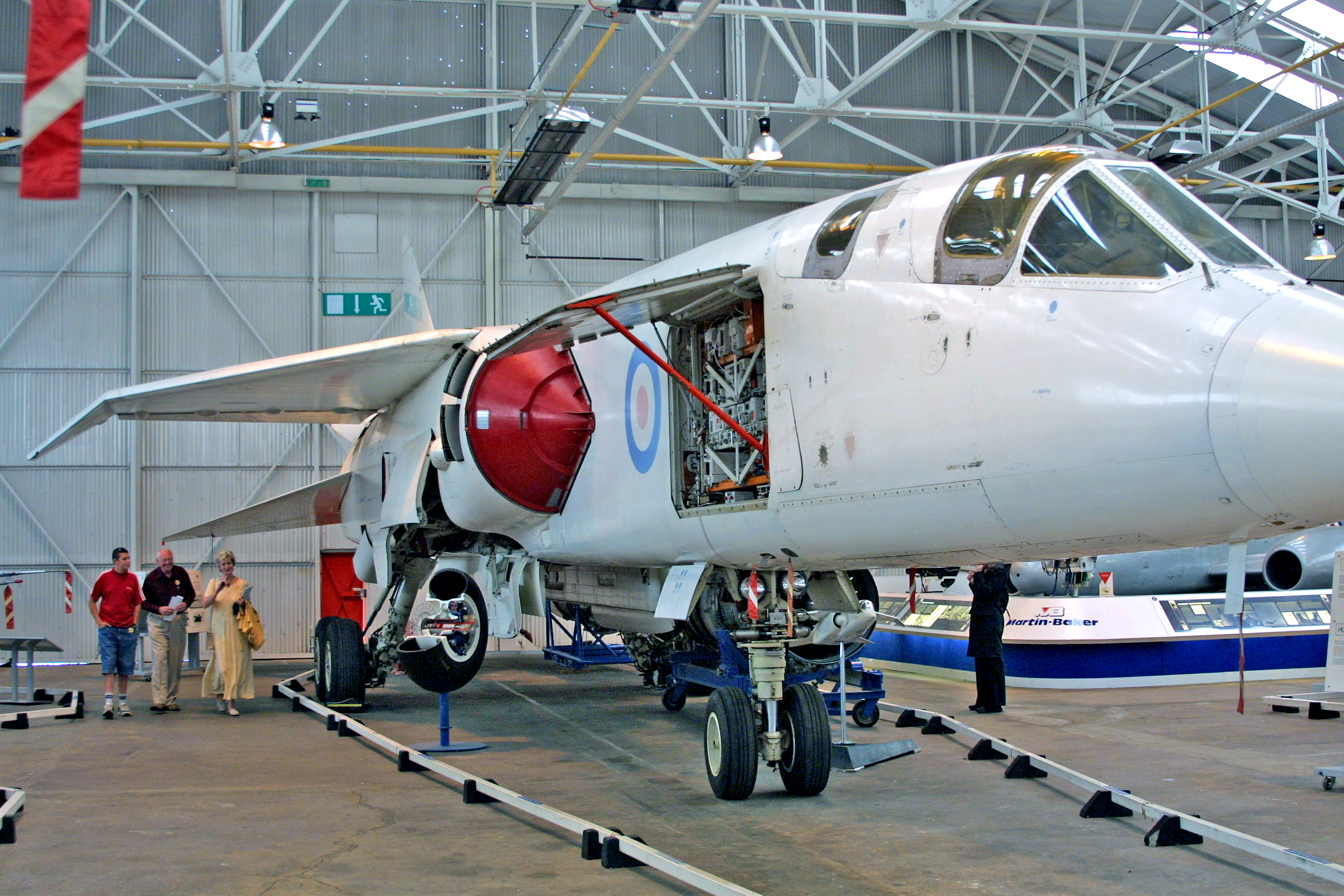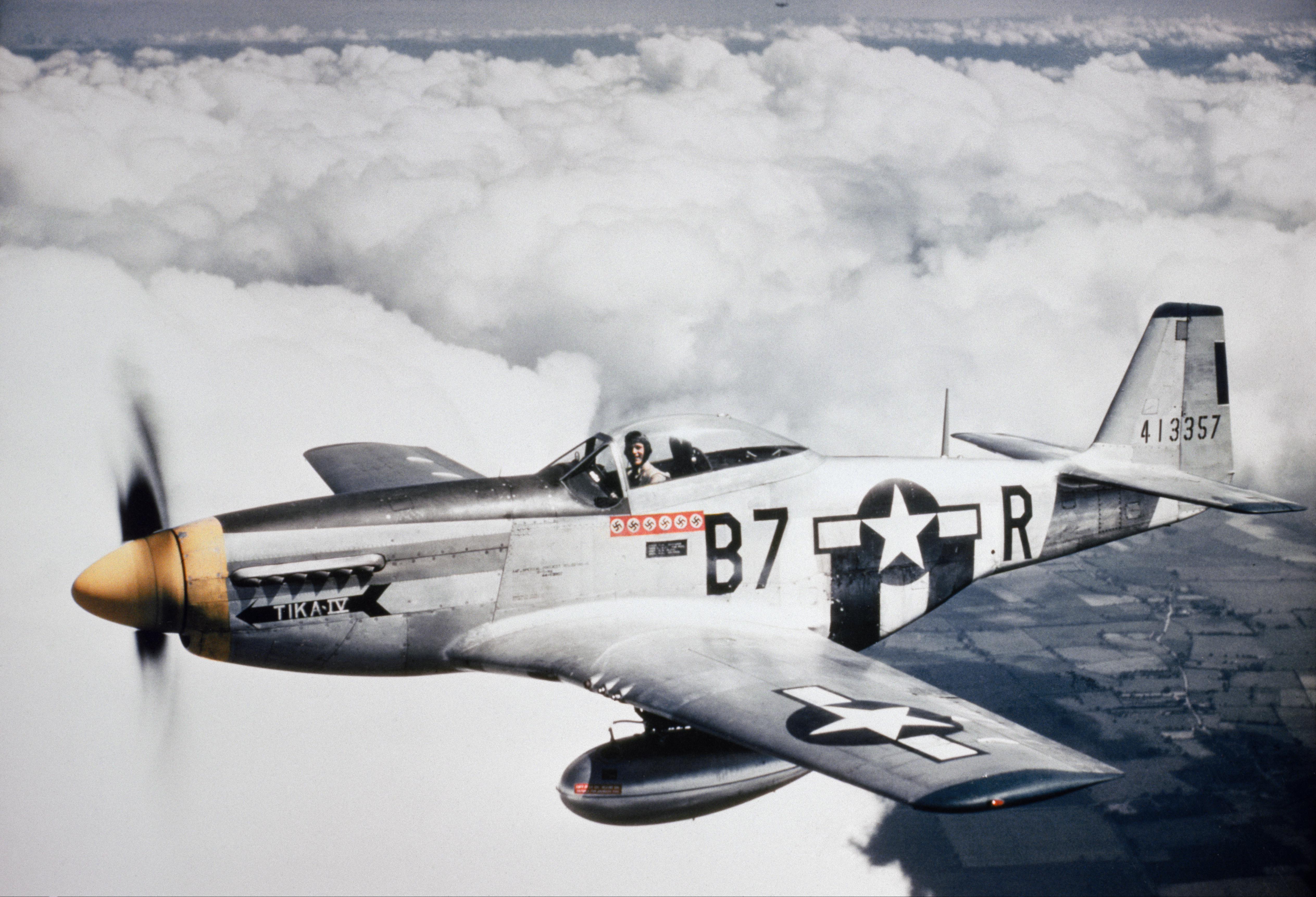|
Cornell Aeronautical Laboratory
Calspan Corporation is a science and technology company founded in 1943 as part of the Research Laboratory of the Curtiss-Wright Airplane Division at Buffalo, New York. Calspan consists of four primary operating units: Flight Research, Transportation Research, Aerospace Sciences Transonic Wind Tunnel, and Crash Investigations. The company's main facility is in Cheektowaga, New York, while it has other facilities such as the Flight Research Center in Niagara Falls, New York, and remote flight test operations at Edwards Air Force Base, California, and Patuxent River, Maryland. Calspan also has thirteen field offices throughout the Eastern United States which perform accident investigations on behalf of the United States Department of Transportation. History The facility was started as a private defense contractor in the home front of World War II. As a part of its tax planning in the wake of the war effort, Curtiss-Wright donated the facility to Cornell University to operate "as a pu ... [...More Info...] [...Related Items...] OR: [Wikipedia] [Google] [Baidu] |
Curtiss-Wright
The Curtiss-Wright Corporation is a manufacturer and services provider headquartered in Davidson, North Carolina, with factories and operations in and outside the United States. Created in 1929 from the consolidation of Curtiss, Wright, and various supplier companies, the company was immediately the country's largest aviation firm and built more than 142,000 aircraft for the U.S. military during World War II. Today, it no longer makes aircraft but makes many related components, particularly actuators, aircraft controls, valves, and surface-treatment services. It also supplies the commercial, industrial, defense, and energy markets; it makes parts for commercial and naval nuclear power systems, industrial vehicles, and oil- and gas-related machinery. History Merger and expansion Curtiss-Wright formed on July 5, 1929, the result of a merger of 12 companies associated with Curtiss Aeroplane and Motor Company of Buffalo, New York, and Wright Aeronautical of Dayton, Ohio. It wa ... [...More Info...] [...Related Items...] OR: [Wikipedia] [Google] [Baidu] |
General Dynamics
General Dynamics Corporation (GD) is an American publicly traded, aerospace and defense corporation headquartered in Reston, Virginia. As of 2020, it was the fifth-largest defense contractor in the world by arms sales, and 5th largest in the United States by total sales. The company is a Fortune 100 company, and was ranked No. 94 in 2022. Formed in 1954 with the merger of submarine manufacturer Electric Boat and aircraft manufacturer Canadair, the corporation today consists of ten subsidiary companies with operations in 45 countries. The company's products include Gulfstream business jets, Virginia- and Columbia-class nuclear-powered submarines, Arleigh Burke-class guided-missile destroyers, M1 Abrams tanks and Stryker armored fighting vehicles. In 2021, General Dynamics had worldwide sales of $38.85 billion and a workforce of approximately 103,000 full-time employees. The current chairman and chief executive officer (CEO) is Phebe Novakovic. History Electric Boat Ge ... [...More Info...] [...Related Items...] OR: [Wikipedia] [Google] [Baidu] |
Gas Constant
The molar gas constant (also known as the gas constant, universal gas constant, or ideal gas constant) is denoted by the symbol or . It is the molar equivalent to the Boltzmann constant, expressed in units of energy per temperature increment per amount of substance, i.e. the pressure–volume product, rather than energy per temperature increment per ''particle''. The constant is also a combination of the constants from Boyle's law, Charles's law, Avogadro's law, and Gay-Lussac's law. It is a physical constant that is featured in many fundamental equations in the physical sciences, such as the ideal gas law, the Arrhenius equation, and the Nernst equation. The gas constant is the constant of proportionality that relates the energy scale in physics to the temperature scale and the scale used for amount of substance. Thus, the value of the gas constant ultimately derives from historical decisions and accidents in the setting of units of energy, temperature and amount of substa ... [...More Info...] [...Related Items...] OR: [Wikipedia] [Google] [Baidu] |
Laser
A laser is a device that emits light through a process of optical amplification based on the stimulated emission of electromagnetic radiation. The word "laser" is an acronym for "light amplification by stimulated emission of radiation". The first laser was built in 1960 by Theodore H. Maiman at Hughes Research Laboratories, based on theoretical work by Charles Hard Townes and Arthur Leonard Schawlow. A laser differs from other sources of light in that it emits light which is ''coherent''. Spatial coherence allows a laser to be focused to a tight spot, enabling applications such as laser cutting and lithography. Spatial coherence also allows a laser beam to stay narrow over great distances (collimation), enabling applications such as laser pointers and lidar (light detection and ranging). Lasers can also have high temporal coherence, which allows them to emit light with a very narrow spectrum. Alternatively, temporal coherence can be used to produce ultrashort pulses of ligh ... [...More Info...] [...Related Items...] OR: [Wikipedia] [Google] [Baidu] |
Terrain-following Radar
Terrain-following radar (TFR) is a military aerospace technology that allows a very-low-flying aircraft to automatically maintain a relatively constant altitude above ground level and therefore make detection by enemy radar more difficult. It is sometimes referred to as ''ground hugging'' or ''terrain hugging'' flight. The term ''nap-of-the-earth'' flight may also apply but is more commonly used in relation to low-flying military helicopters, which typically do not use terrain-following radar. TFR systems work by scanning a radar beam vertically in front of the aircraft and comparing the range and angle of the radar reflections to a pre-computed ideal manoeuvring curve. By comparing the distance between the terrain and the ideal curve, the system calculates a manoeuvre that will make the aircraft clear the terrain by a pre-selected distance, often on the order of . Using TFR allows an aircraft to automatically follow terrain at very low levels and high speeds. Terrain-following r ... [...More Info...] [...Related Items...] OR: [Wikipedia] [Google] [Baidu] |
X-15
The North American X-15 is a hypersonic rocket-powered aircraft. It was operated by the United States Air Force and the National Aeronautics and Space Administration as part of the X-plane series of experimental aircraft. The X-15 set speed and altitude records in the 1960s, reaching the edge of outer space and returning with valuable data used in aircraft and spacecraft design. The X-15's highest speed, , was achieved on 3October 1967, when William J. Knight flew at Mach6.7 at an altitude of , or 19.34miles. This set the official world record for the highest speed ever recorded by a crewed, powered aircraft, which remains unbroken. During the X-15 program, 12pilots flew a combined 199flights. Of these, 8pilots flew a combined 13flights which met the Air Force spaceflight criterion by exceeding the altitude of , thus qualifying these pilots as being astronauts; of those 13flights, two (flown by the same civilian pilot) met the FAI definition () of outer space. The 5Ai ... [...More Info...] [...Related Items...] OR: [Wikipedia] [Google] [Baidu] |
North American Aviation
North American Aviation (NAA) was a major American aerospace manufacturer that designed and built several notable aircraft and spacecraft. Its products included: the T-6 Texan trainer, the P-51 Mustang fighter, the B-25 Mitchell bomber, the F-86 Sabre jet fighter, the X-15 rocket plane, the XB-70, the B-1 Lancer, the Apollo command and service module, the second stage of the Saturn V rocket, and the Space Shuttle orbiter. Through a series of mergers and sales, North American Aviation became part of North American Rockwell, which later became Rockwell International, and is now part of Boeing. History Early years On December 6, 1928, Clement Melville Keys founded North American as a holding company that bought and sold interests in various airlines and aviation-related companies. However, the Air Mail Act of 1934 forced the breakup of such holding companies. North American became a manufacturing company, run by James H. Kindelberger, James H. "Dutch" Kindelberger, who had bee ... [...More Info...] [...Related Items...] OR: [Wikipedia] [Google] [Baidu] |
Aircraft
An aircraft is a vehicle that is able to fly by gaining support from the air. It counters the force of gravity by using either static lift or by using the dynamic lift of an airfoil, or in a few cases the downward thrust from jet engines. Common examples of aircraft include airplanes, helicopters, airships (including blimps), gliders, paramotors, and hot air balloons. The human activity that surrounds aircraft is called ''aviation''. The science of aviation, including designing and building aircraft, is called '' aeronautics.'' Crewed aircraft are flown by an onboard pilot, but unmanned aerial vehicles may be remotely controlled or self-controlled by onboard computers. Aircraft may be classified by different criteria, such as lift type, aircraft propulsion, usage and others. History Flying model craft and stories of manned flight go back many centuries; however, the first manned ascent — and safe descent — in modern times took place by larger hot-air ... [...More Info...] [...Related Items...] OR: [Wikipedia] [Google] [Baidu] |
Simulation
A simulation is the imitation of the operation of a real-world process or system over time. Simulations require the use of Conceptual model, models; the model represents the key characteristics or behaviors of the selected system or process, whereas the simulation represents the evolution of the model over time. Often, computers are used to execute the computer simulation, simulation. Simulation is used in many contexts, such as simulation of technology for performance tuning or optimizing, safety engineering, testing, training, education, and video games. Simulation is also used with scientific modelling of natural systems or human systems to gain insight into their functioning, as in economics. Simulation can be used to show the eventual real effects of alternative conditions and courses of action. Simulation is also used when the real system cannot be engaged, because it may not be accessible, or it may be dangerous or unacceptable to engage, or it is being designed bu ... [...More Info...] [...Related Items...] OR: [Wikipedia] [Google] [Baidu] |
Weather Forecasting
Weather forecasting is the application of science and technology forecasting, to predict the conditions of the Earth's atmosphere, atmosphere for a given location and time. People have attempted to predict the weather informally for millennia and formally since the 19th century. Weather forecasts are made by collecting quantitative data about the current state of the atmosphere, land, and ocean and using meteorology to project how the atmosphere will change at a given place. Once calculated manually based mainly upon changes in atmospheric pressure, barometric pressure, current weather conditions, and sky condition or cloud cover, weather forecasting now relies on numerical weather prediction, computer-based models that take many atmospheric factors into account. Human input is still required to pick the best possible forecast model to base the forecast upon, which involves pattern recognition skills, teleconnections, knowledge of model performance, and knowledge of model biases ... [...More Info...] [...Related Items...] OR: [Wikipedia] [Google] [Baidu] |
Weather Radar
Weather radar, also called weather surveillance radar (WSR) and Doppler weather radar, is a type of radar used to locate precipitation, calculate its motion, and estimate its type (rain, snow, hail etc.). Modern weather radars are mostly pulse-Doppler radars, capable of detecting the motion of rain droplets in addition to the intensity of the precipitation. Both types of data can be analyzed to determine the structure of storms and their potential to cause severe weather. During World War II, radar operators discovered that weather was causing echoes on their screen, masking potential enemy targets. Techniques were developed to filter them, but scientists began to study the phenomenon. Soon after the war, surplus radars were used to detect precipitation. Since then, weather radar has evolved on its own and is now used by national weather services, research departments in universities, and in television stations' weather departments. Raw images are routinely used and speciali ... [...More Info...] [...Related Items...] OR: [Wikipedia] [Google] [Baidu] |







